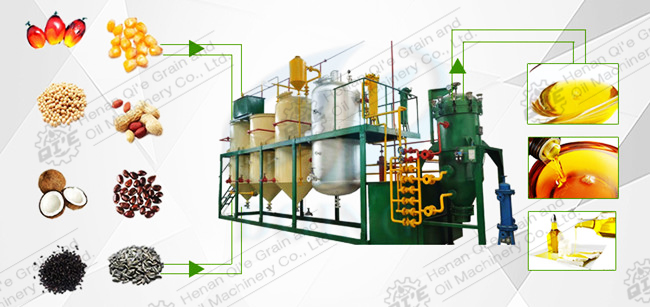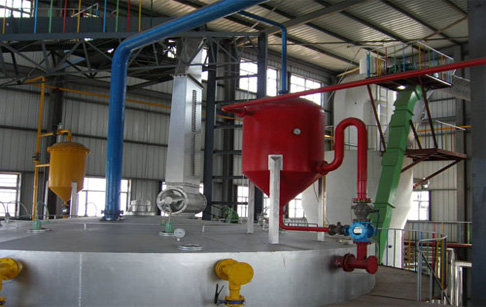
In the plant oil extraction industry, boosting yield while maintaining product quality remains a persistent challenge. Especially with sunflower seeds, achieving high extraction efficiency hinges on mastering core mechanisms like solvent permeation, molecular diffusion, and convective mass transfer. Let's delve into how these factors interplay to optimize solvent extraction, drawing upon concrete cases with sunflower and soybean materials.
The essence of solvent extraction lies in three cornerstone mechanisms:
Understanding these mechanisms helps to identify optimal processing parameters for sunflower seeds, whose cellular structure differs markedly from soybeans due to their thinner testa and higher oil content.
| Parameter | Soybean | Sunflower Seed |
|---|---|---|
| Average Oil Content (%) | 18 - 20 | 40 - 45 |
| Optimal Extraction Temperature (°C) | 55 - 60 | 45 - 50 |
| Recommended Solvent-to-Solid Ratio (v/w) | 4:1 | 5:1 |
| Typical Extraction Time (hours) | 1.5 - 2 | 2 - 2.5 |
Notably, sunflower seeds require slightly lower temperatures due to their oil's thermal sensitivity, and a higher solvent ratio accommodates their dense oil matrices. Tailoring these conditions directly impacts recovery rates and subsequent oil quality.
Systematic control of several critical parameters defines the extraction efficiency:
The interplay of these factors is non-linear. For instance, increasing temperature allows shortening extraction time, yet solvent ratio adjustment must remain proportional to avoid inefficiencies.
Seasoned engineers suggest starting with baseline parameters—temperature at 48°C, solvent ratio 5:1, and extraction time 2 hours—and then incrementally tweaking based on oil yield data and solvent recovery efficiency. Real-time viscosity monitoring can serve as a proxy to detect over-saturation or solvent degradation.

Commonly reported extraction pitfalls include incomplete solvent penetration, solvent contamination, and suboptimal temperature control. For example, a sunflower oil producer in Eastern Europe encountered 8% yield loss due to unmonitored solvent polarity deviation, which compromised permeation. Applying stricter solvent quality checks and inline refractometry rectified the issue.
Ensuring environmental compliance also requires attention to solvent recovery systems to minimize volatile organic compound emissions, securing both product safety and sustainable production.

Application of optimized solvent permeation and diffusion tuning at a large-scale sunflower seed facility led to:

Qige Group’s comprehensive expertise in solvent-based extraction technologies extends beyond theory. Our customized process engineering, informed by real-field data and continuous R&D, empowers manufacturers to sustainably maximize yield without sacrificing product integrity. From pilot testing to full-line integration, our team walks clients through every stage with data-backed adjustments and on-site support.
With global experience across diverse agro-industrial environments, Qige Group’s service portfolio enables flexible adaptation to evolving market and regulatory landscapes—optimizing both ROI and compliance.



